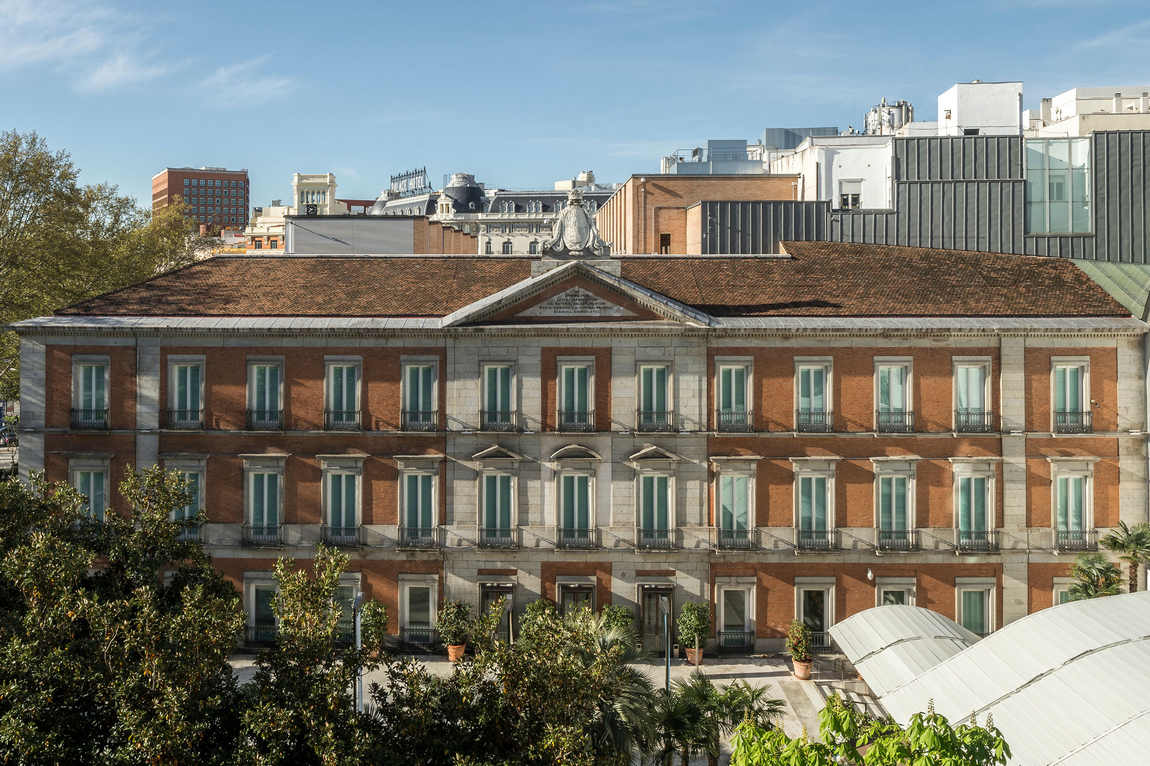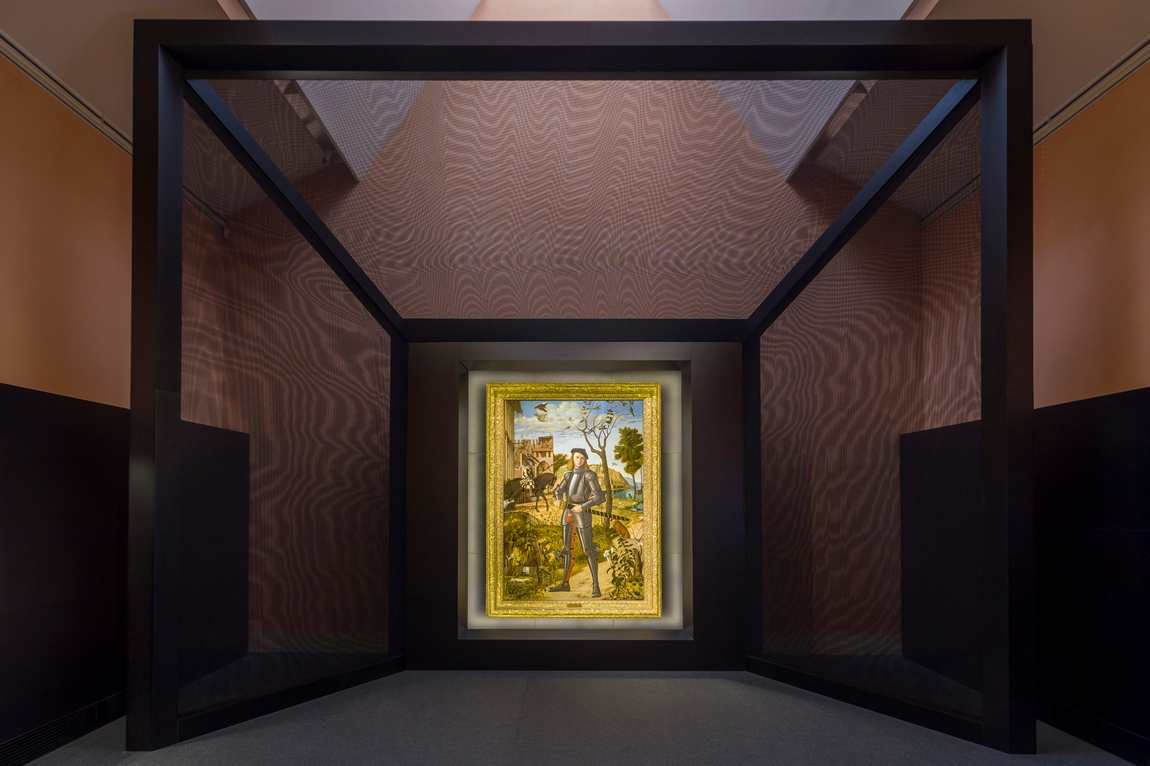It is not known who and when gave the name "Golden Art Triangle" to three art galleries in the centre of Madrid, but the name is accurate. One of its peaks, along with the Prado Museum and the Reina Sofia Art Center, is the Thyssen-Bornemisza Museum (Museo Thyssen-Bornemisza). For a long time, it was the world's most extensive private collection of paintings, which Baron Heinrich Thyssen-Bornemisza has been collecting for 70 years. But in 1993, the collection was transferred to the state's ownership.

It is difficult to overestimate the value of this attraction in Madrid. Perhaps the choice in favour of this particular museum will help to make the fact that it stores works that are familiar from reproductions even to schoolchildren.
A tour of the art gallery halls is an immersion in the history of European paintings of the 13th - 20th centuries and American paintings of the 19th - 20th centuries. Here are the old masters — van Eyck, Raphael, Titian, Tintoretto, Rubens, Durer, Caravaggio, Rembrandt, but also many works of outstanding artists of the XIX-XX centuries: Monet, Renoir, Degas, van Gogh, Gauguin, Picasso, Dali. Here you can finally see the differences between baroque, rococo, and mannerism; find out what the Impressionists and Expressionists brought to painting; understand how the world is comprehended in surreal works; believe that pop art is also an art form.

Note that part of the collection, about 200 works, remained on the private property of Carmen Thyssen-Bornemisza. They are exhibited among other paintings.
The museum audio guide is available in Spanish, English, German, French and Italian. An information booklet can be downloaded from the museum's website. The booklet contains information about the location of the halls and small reproductions of selected works from the Thyssen-Bornemisza collection. In addition, the ticket office sells a guide to the museum in different languages.

On weekends for children 3-5 years old, the game "Inspector Thyssen" is held, which introduces preschoolers to the works of famous artists. The museum also hosts workshops for children and families on the history of painting.
The Museo Thyssen-Bornemisza also constantly organizes temporary exhibitions (their admission is not included in the standard ticket price). After the tour, we recommend visiting the museum's gift shop. It is essential to consolidate children's positive emotions, and postcards, posters or puzzles with reproductions of paintings that have sunk into the soul will help with this.











